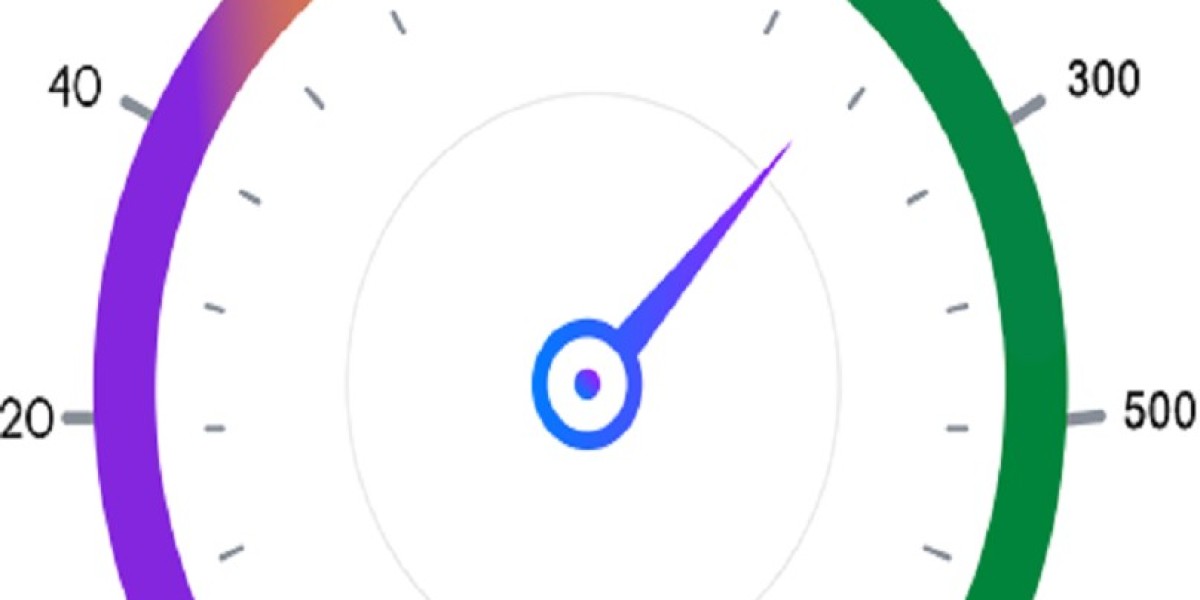When athletes push their bodies to the edge, the risk of injury becomes part of the game. While the injury itself may occur in a moment, the recovery takes time and effort. Sports injury rehabilitation is the bridge that helps athletes move from pain and immobility to strength and performance readiness.
Why Injuries Need Rehabilitation
Ignoring an injury or attempting to “play through the pain” can cause long-term damage. Rehabilitation not only addresses the injury but also improves the overall mechanics of movement. This reduces the chances of repeat injuries and boosts overall athletic performance.
Individualized Recovery Plans
No two injuries are the same. Rehabilitation plans are customized to the athlete’s age, physical condition, injury type, and goals. A thorough assessment guides the treatment, outlining timelines and key milestones for recovery.
Focus Areas in Rehabilitation
Pain Management
Effective rehabilitation begins with pain control. Techniques like manual therapy, cold or heat therapy, and electrotherapy help reduce discomfort and improve circulation.
Restoring Mobility
As swelling decreases and pain improves, physical therapists focus on stretching exercises and joint mobilization. These activities restore movement and prevent stiffness.
Muscle Re-Education
Injuries can affect the way muscles fire and coordinate. Targeted exercises help re-train the muscles to work in sync, enhancing movement efficiency and reducing compensation patterns that lead to further injury.
Building Endurance and Strength
Endurance training helps rebuild lost stamina, while strength training ensures the injured area can support normal activity. Workouts are scaled up gradually to avoid overloading the healing tissue.
Dynamic Sports Training
Athletes require more than basic movement—they need speed, power, and control. Functional training sessions include plyometrics, sprinting, and reactive drills tailored to the sport’s demands.
Psychological Aspects of Rehabilitation
The psychological impact of injuries can’t be overlooked. Time away from competition can create frustration, fear, and self-doubt. Integrating mental resilience training, goal-setting techniques, and support systems helps athletes remain focused and positive.
Monitoring Recovery Progress
Therapists use various tools to monitor progress, including motion analysis, pain scoring, and functional movement screening. This data-driven approach ensures adjustments are made when needed and helps prevent setbacks.
Role of Technology in Recovery
Modern rehabilitation utilizes cutting-edge tools like anti-gravity treadmills, muscle stimulators, and virtual reality simulations. These innovations allow for safer, earlier movement and more engaging rehab sessions.
Returning to Play Safely
Athletes undergo a series of return-to-play tests before they are cleared. These tests simulate real-game scenarios to assess if the body is fully prepared for the demands of sport. Only after passing these benchmarks can an athlete re-enter competition safely.
Educating Athletes on Prevention
Preventing future injuries is a core goal. Athletes are educated on proper form, rest and recovery cycles, diet, hydration, and cross-training. Learning how to listen to the body is crucial for long-term performance and health.
Conclusion
Sports injury rehabilitation is not just a recovery tool—it’s an essential part of an athlete’s career. It brings together physical therapy, mental conditioning, and modern technology to restore performance and prevent further harm. With a comprehensive approach, athletes can come back from injuries stronger, smarter, and more prepared for the demands of their sport.








